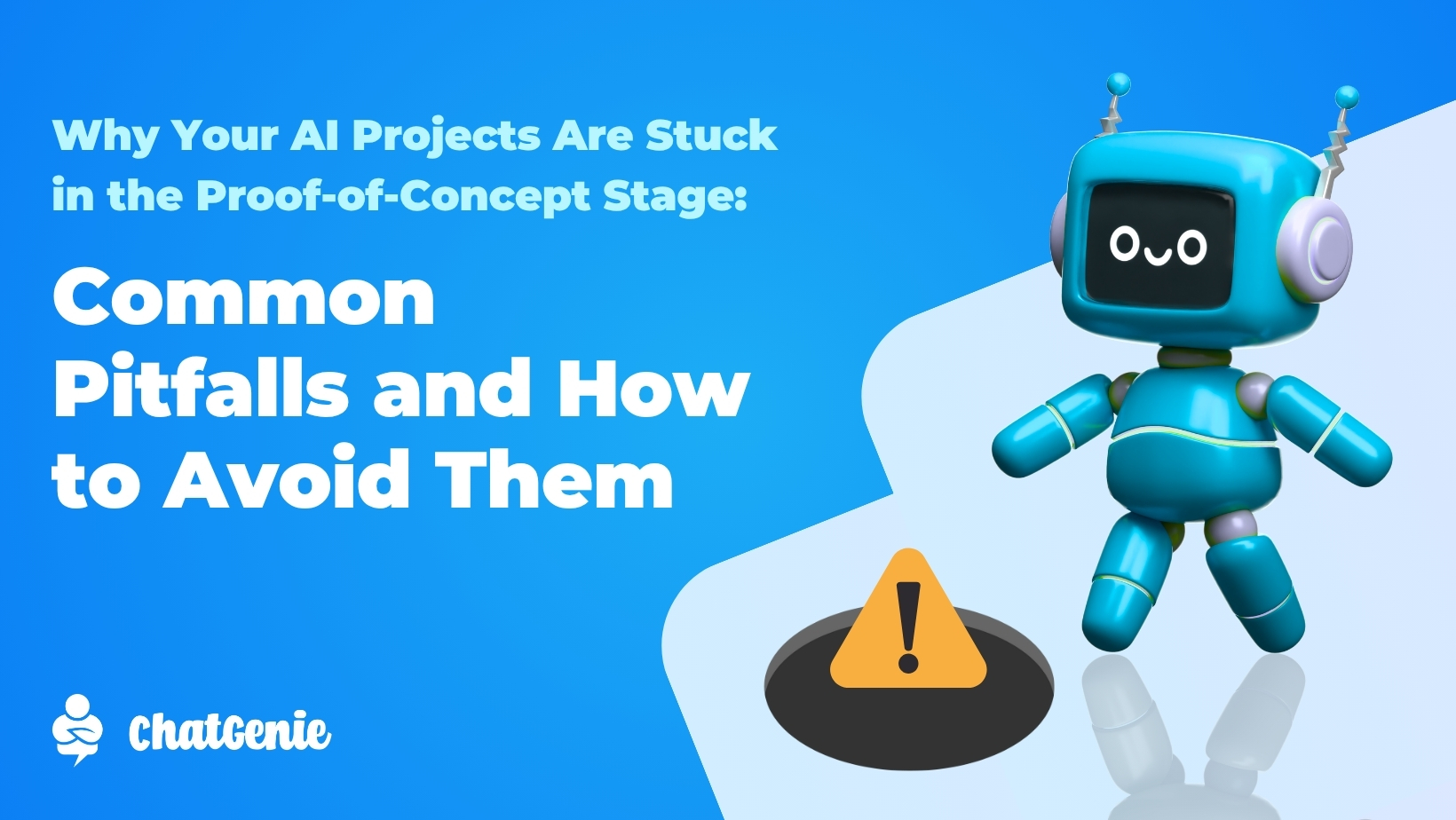Food businesses have their work cut out for them if they want to stand out in the market. This is especially true for new market entrants who face competitors that have long been in the game and have already established a throng of loyal customers. The same can be said for struggling businesses just trying to get by in the middle of a pandemic.
One way to get a head start and bring attention to your restaurant is by partnering with food delivery apps. However, doing so comes with foodpanda’s one’s business.
It is no secret that restaurants pay handsomely to stay on the catalog of food delivery platforms. And with businesses being built around the goal of gaining profit, paying additional costs may not seem like the best thing to do.
Extra Charges
In the Philippines, restaurants are more likely to partner with leading service providers FoodPanda and GrabFood. For each order placed by a customer, restaurants give these delivery apps commission fees. An article on financial comparison website iMoney estimates that GrabFood charges 10 to 25 percent of commission per order while foodpanda's is much higher at 25 to 30 percent.
This means that for an order of a burger priced at PHP 125, the store owner only gets to keep PHP 93.75 if he or she is under contract to deduct 25 percent for commission. The deducted PHP 31.75 is already one-fourth of the order value—money that restaurant owners could have kept for themselves otherwise.

Where Do These Fees Go?
The reasoning behind commission fees is not unjustified.
Grab Singapore said in a blog post that the majority of the merchant commission collected by GrabFood is being given to delivery partners to ensure their riders earn enough money. This is only fair, the company explained, as riders travel from where they are to the merchant outlet, wait for the food to be prepared, and send it to the customer’s doorsteps.
The remainder covers GrabFood’s operating costs, including delivery partner insurance, cashless payment transaction costs, product and service improvements, and backend manpower.
Part of the money made by food delivery apps is also used to finance advertising efforts that increase the visibility of food joints and ultimately drive traffic to their stores.
Digital marketing is vital to a food delivery app’s strategy. foodpanda, for instance, uses social media platforms to launch ads on Facebook, Twitter, and YouTube to maintain visibility and brand value. Its promotional efforts also extend to television, radio, cinema, magazines, newspapers, train and bus stations, and shopping malls.

In Thailand, GrabFood launched a two-month campaign in 2020 titled “Free Your Hunger.” The initiative was aimed at doubling GrabFood customer numbers and sales by restaurant partners looking to rebound from the pandemic. It highlighted 100 signature dishes from 75 restaurants and offered free delivery service in a radius of three kilometers and 50 percent discounts through 30,000 deals.

Offsetting Food Delivery App Costs
Given the additional costs that come with food delivery app partnerships, it is only normal to think twice before jumping on the bandwagon. But that indecision should not be based on the fact that these platforms take away from one’s revenue because they are not actually meant to serve as primary revenue channels.
Perhaps in the short term they can provide a sense of profitability. But as small businesses are learning, this is not sustainable, with some even going as far as saying that food delivery apps are killing their business due to onerous fees being pocketed by the app owners.
Restauranteurs recently took to social media to air their grievances over additional charges set by food delivery apps on top of the commission that they have to pay as the pandemic continues to drag on. Calls for boycott and concerns about delayed invoices and payment remittances, unreasonable cancellation of orders, and the high platform fee were also raised. These are just a few of the risks that they take with them being at the mercy of food delivery companies.
While there are obvious disadvantages, restaurant owners can still leverage their partnership with food delivery apps by viewing them as customer acquisition channels and not revenue drivers. It’s all about leveraging the visibility and reach provided by platforms like FoodPanda and GrabFood to introduce one’s brand and encourage customers to order directly from them or their physical stores.
This is the more sensible approach with there being only a limited number of offerings that can be displayed on food delivery apps. Restaurant owners should treat such apps as launchpads and operate within them as if they are on a trial period. They should be leveraged to give customers a taste of what they have to offer and tease them of what to expect should they visit in person. If it works out, businesses will have the confidence to stop relying on food delivery platforms and no longer be burdened by additional costs in the long run.
During a pandemic, this might just be the best way to acquire customers. Traffic analysis data provided by Similarweb shows that 3.2 million users logged in on FoodPanda in December 2021. In comparison, GrabFood registered 1.6 million users in the same month. These are big numbers and something restauranteurs need to take advantage of considering the reduced organic in-store traffic in these times.
To make the most of a restaurant’s exposure in food delivery apps, owners can include a thank you note or even a copy of their menu in their food packaging to highlight meals that are available for dine-in customers only. By converting customers acquired from food delivery apps, business owners are able to offset the investment they made in the first place. Accelerating this process makes it so that businesses are able to wholly capture profits and avoid losing money as they send out food.
ChatGenie, an emerging end-to-end online store platform, goes the extra mile to ensure its registered merchants are able to forge a relationship with new customers. Welcome kits provided by ChatGenie include a note encouraging customers to order directly from the company’s stores inside Messenger, Instagram, or GCash. Customers can scan the QR code on the note to purchase items from the merchant’s online sales channels.

Interested in having your own storefront? Create your In-App store today with ChatGenie! Just head HERE to create your own account or send us an email via chat@chatgenie.ph
%20(1).jpg)




.png)






